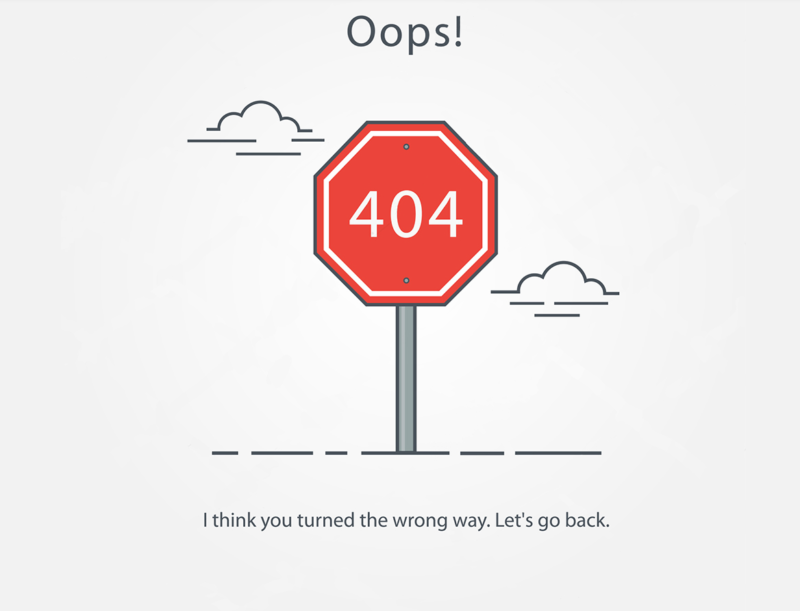A 404 error, or “Page Not Found” error, is a standard HTTP response code that indicates the requested web page could not be found on the server. It is the digital equivalent of a dead end on the information superhighway. From a digital marketing perspective, it is more than just a technical glitch; it’s a stumbling block on the path to organic growth.
The history of 404 errors dates back to the early days of the World Wide Web. The term itself is derived from the 404.0.0.1 IP address, once used to designate an error in a network connection. Tim Berners-Lee, the inventor of the World Wide Web, initially defined the 404 error as a “Not Found” response.
Over the years, web developers and designers have strived to make 404 errors more user-friendly by creating custom error pages that provide helpful information and navigation options. However, their impact on digital marketing remains significant.
For digital marketing, 404 errors are not merely technical glitches but potential pitfalls that can undermine SEO, link-building, and content strategies. Recognizing their impact, marketers must proactively address 404 errors.
404 errors can wreak havoc on your SEO efforts. When search engines crawl your website and encounter 404 errors, they interpret it as a signal of poor user experience and content maintenance. This can lead to a drop in your search engine rankings and, consequently, a decrease in organic traffic.
For instance, if you had a high-quality page that ranked well in search results but is now plagued with 404 errors due to a site restructuring, you risk losing the valuable SEO equity that page had built over time. In this scenario, redirecting the old URL to a relevant new page can salvage your SEO efforts and prevent a loss of valuable traffic.

Link building is another pivotal aspect of organic growth, and 404 errors can disrupt this delicate process. When external websites link to pages on your site that no longer exist, these links become broken. This leads to a poor user experience for visitors who click on those links and harms your site’s authority in the eyes of search engines.
Imagine a popular industry blog linking to your resourceful guide, and that guide is suddenly inaccessible due to a 404 error. You lose potential referral traffic and miss out on the valuable link power that could have boosted your site’s authority in search engine rankings.
Content is the lifeblood of digital marketing, and its connection with 404 errors is multifaceted. Outdated or poorly maintained content often results in 404 errors, damaging user trust and brand credibility. Furthermore, it can render previously well-performing content obsolete, frustrating your audience.
To avoid content-related 404 errors, digital marketers must regularly audit and update their content. Removing or redirecting outdated pages and creating fresh, relevant content can reinvigorate your website and enhance user engagement.
301 Redirect –>
Internal Links –>


